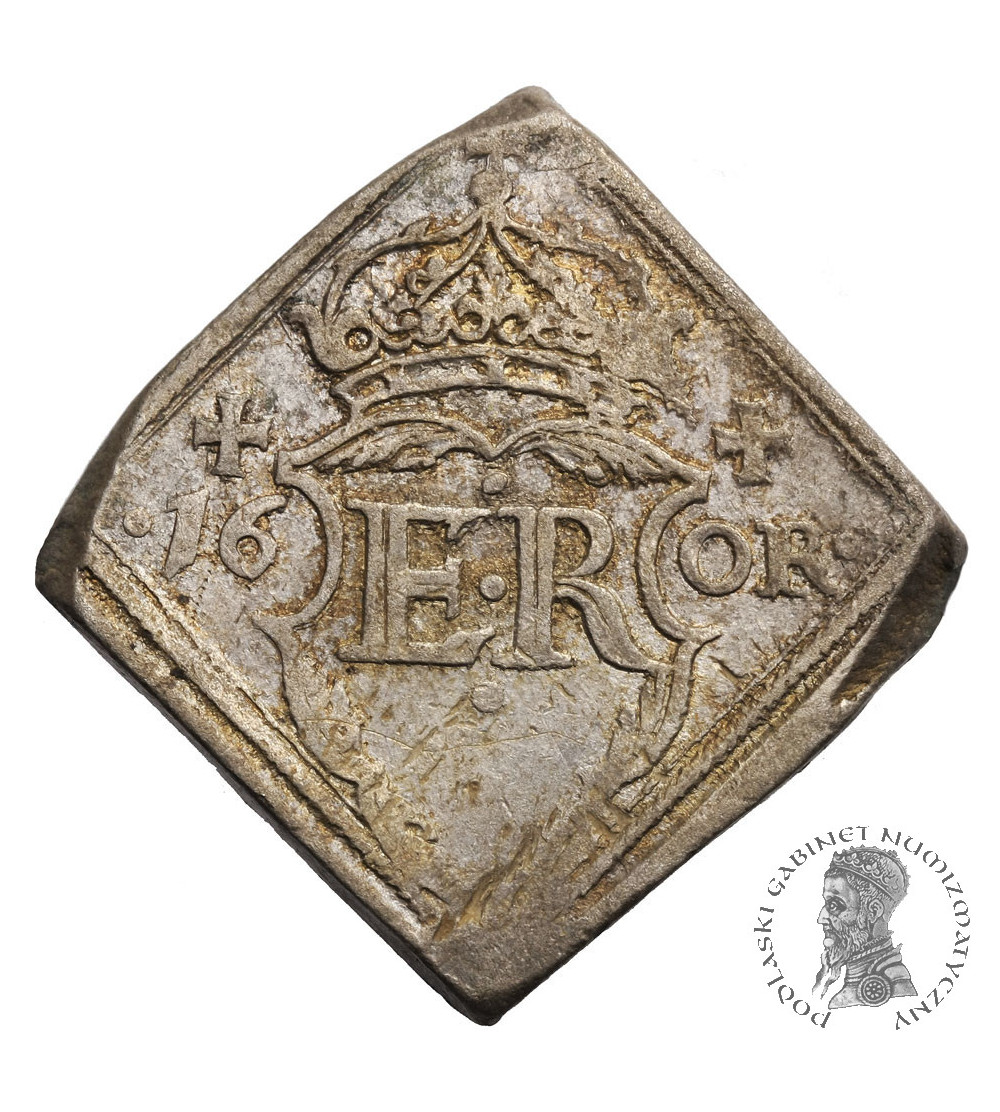R. Delzanno. Sveriges Myntbok. Coins from Sweden 995-2022.
The first illustrated catalogue of its kind to cover the entire Swedish coinage, as well as a selection of medals. For those who are interested in Sweden, its history both politically, culturally and artistically, the coins and medals offer by far the best 'time machine' through which we get a fascinating insight into the conditions of the past.
Size: 30 cm X 21 cm. Hardcover. New. Two volumes. Volume I 680 pages. Volume II 1326 pages. Languages: Swedish, German, English.




